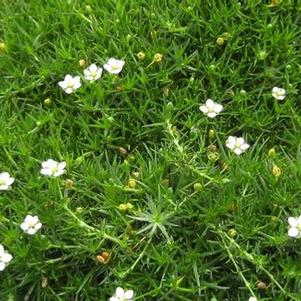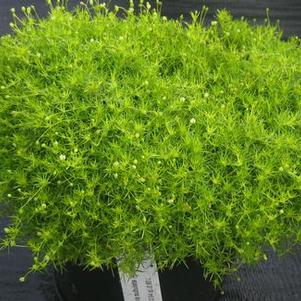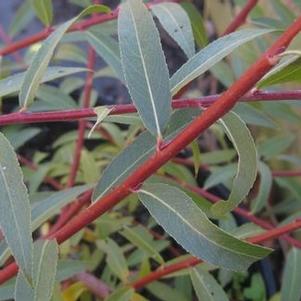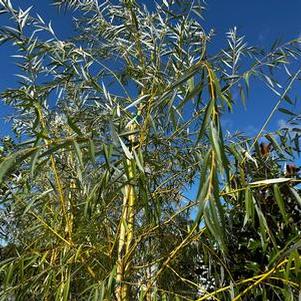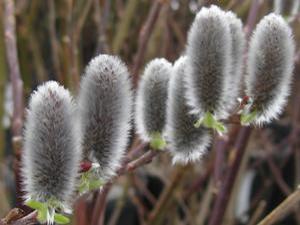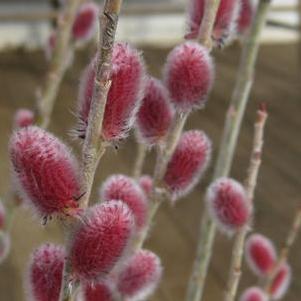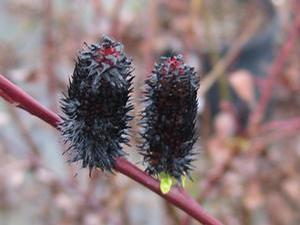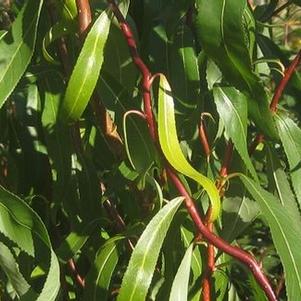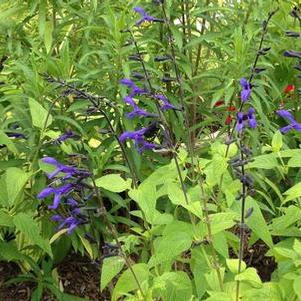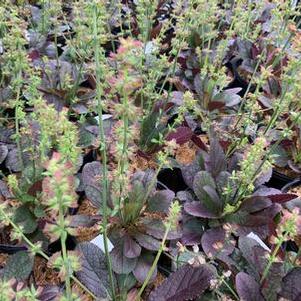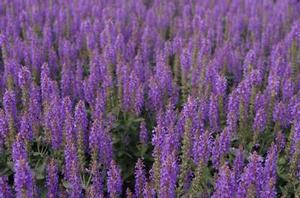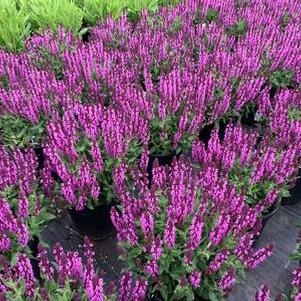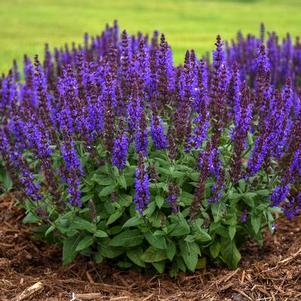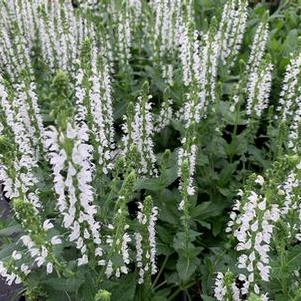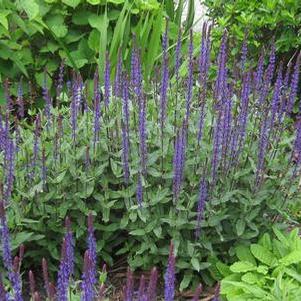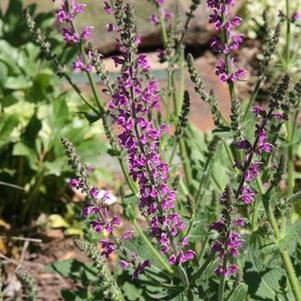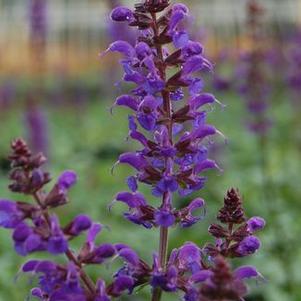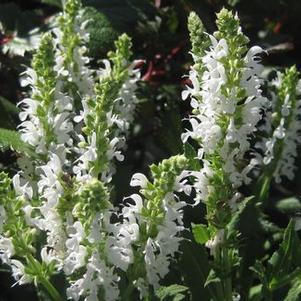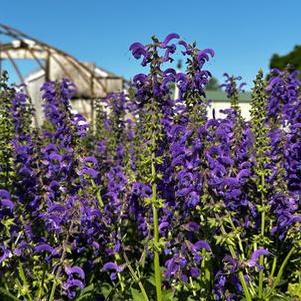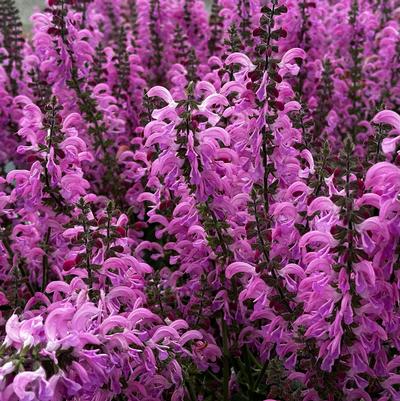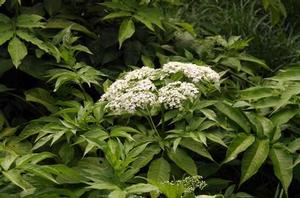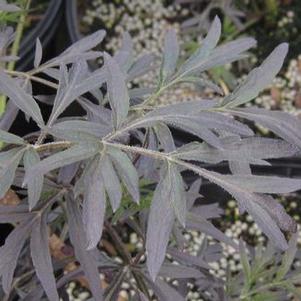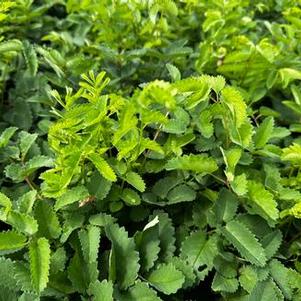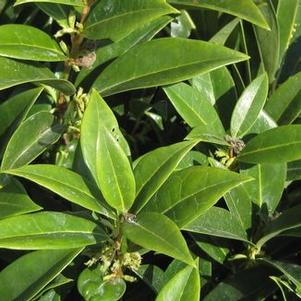Browse Plant Library
Use the plant name text search or filters to quickly see if we carry the plant(s) your looking for.
**Please Note: Plants can only be added to a "Project Plant List" if they have current of future availability.
Sagina subulata
Irish Moss forms an evergreen mat of mossy foliage that is covered with tiny white flowers in May and June. Prefers good drainage.
H: 1 Inches · S: 8 Inches · Zone: 5
Sagina subulata 'Aurea'
The evergreen foliage of Scotch Moss forms a chartreuse yellow mat, with tiny white flowers in May and June. This selection needs more shade than Irish Moss and good drainage helps too. Great for a wall garden or a shady roof top garden.
H: 1 Inches · S: 8 Inches · Zone: 5
Salix alba 'Britzensis'
Coral Bark Willow ('Chermesina') has stunning orange to red bark coloration in winter on its first year stems, so in order to keep it looking its best, this is a Salix which needs to be cut back hard every spring. The summer foliage is the classic narrow green willow leaf we all know, but its color in the winter landscape will really stand out. Originally introduced from Germany. Wet site tolerant.
H: 15 Feet · S: 8 Feet · Zone: 3
Salix alba 'Tristis'
A large, deciduous tree with elegantly weeping branches and a fast-growing habit. Narrow, golden-colored foliage with whitish undersides rustles delicately in summer breezes, leaving behind graceful, weeping golden branches in late autumn and winter following leaf fall. Highly tolerant of moist soil conditions and resistant to deer.
H: 60 Feet · S: 60 Feet · Zone: 4
Salix chaenomeloides
The large red flower buds of Japanese Pussy Willow open in early spring with long showy pink and silver fuzzy male catkins. Should be cut back hard every spring for best flower production. Salt and wet site tolerant.
H: 15 Feet · S: 8 Feet · Zone: 6
Salix gracilistyla 'Mt. Aso'
'Mt. Aso' Japanese Pussy Willow has beautiful bright pink male catkins appearing in March and April. The fuzzy flowers slowly elongate as they open, ending up almost 2" long by the time the pollen is exposed. Pussy Willows make great cut branches for forcing in January and February, and 'Mt Aso' is a particularly showy form. It is named for Japan's largest active volcano. Cut back the branches to 2' every 2 or 3 years to maintain good catkin production.
H: 12 Feet · S: 10 Feet · Zone: 4
Salix melanostachys
Spring male catkins are purple-black with red anthers, making a very showy combination. The twigs are also reddish-purple in winter, for added interest. Like other shrub willows, Black Pussy Willow benefits from being cut back hard in spring. It is also salt and wet site tolerant.
H: 8 Feet · S: 5 Feet · Zone: 4
Salix x 'Swizzlestick'
'Swizzlestick' Corkscrew Willow has twisted, upward-reaching orange-yellow stems that display themselves beautifully in fall, winter and spring. The narrow green leaves are attractive all summer, turning yellow in the fall. Salix 'Swizzlestick' thrives in wet locations and is also salt tolerant. The original plant was found and named by Darryll Probst, who saw it on a roadside and took cuttings. Cut back hard in spring to promote attractive new branches. They also make a great addition to cut flower arrangements.
H: 20 Feet · S: 5 Feet · Zone: 5
Salvia guaranitica 'Black and Blue'
'Black and Blue' Anise-Scented Sage starts blooming in July and continues until the first frosts. The showy flowers are a deep cobalt blue, set off by black calyces. They are produced in great numbers on long spikes above shiny green foliage. Like other large flowered Salvias, 'Black and Blue' is an amazing hummingbird and Sphinx Moth magnet. Give it plenty of room in the late summer garden, as it is a sprawler. With lots of mulch, Salvia 'Black and Blue' has been known to overwinter in Zone 6 and 7.
H: 36 Inches · S: 36 Inches · Zone: 8
Salvia lyrata 'Purple Knockout'
Burgundy to purple basal foliage turns red in fall. A good native substitute for purple Ajugas, but needs sun.
H: 18 Inches · S: 12 Inches · Zone: 5
Salvia nemorosa 'Blue Hill'
'Blue Hill' ('Blauhugel') Hybrid Sage has bright blue flowers June and July and reblooms well if cut back. Habit is compact. Piet Oudolf has used this and other Salvias in masses to create rivers running through his landscapes.
H: 16 Inches · S: 18 Inches · Zone: 4
Salvia nemorosa 'Bumbleberry' PP31602
Fuchsia pink spikes with dark purple calyxes over green aromatic foliage. Blooms in May and June. Much deeper color than other pink Salvias.
H: 12 Inches · S: 14 Inches · Zone: 3
Salvia nemorosa 'Bumbleblue' PP30084
Lots of short spikes of deep blue flowers above clean green rugose leaves in late spring through early summer. A compact habit makes it a good container candidate.
H: 12 Inches · S: 14 Inches · Zone: 3
Salvia nemorosa 'Bumblesnow' PP31399
Bright white flower spikes over clean rugose green foliage in May and June. Deer resistant but very pollinator friendly.
H: 12 Inches · S: 14 Inches · Zone: 3
Salvia nemorosa 'Caradonna'
'Caradonna' Hybrid Sage has violet-blue flowers on tall dark purple flower stems, making a very showy combination. From Zillmer Plants in Germany and introduced into this country by super plant dudes, Dale Hendricks and Ron Strasko while at North Creek Nurseries.
H: 24 Inches · S: 18 Inches · Zone: 3
Salvia nemorosa Marcus® PP13322
Marcus® ('Haeumanarc') Hybrid Sage has violet-blue flowers on a very compact form, like a short Salvia 'May Night'. From Haussermann Nursery in Germany. It reblooms well when deadheaded.
H: 12 Inches · S: 12 Inches · Zone: 4
Salvia nemorosa 'May Night'
'May Night' ('Mainacht') Hybrid Sage has purple flowers in May and June and reblooms beautifully if cut back after blooming. 1997 Perennial Plant of the Year, and probably our most popular Salvia.
H: 18 Inches · S: 18 Inches · Zone: 4
Salvia nemorosa 'Snow Hill'
'Snow Hill' ('Schneehugel') Hybrid Sage has white flowers in June and July, and reblooms if cut back after blooming. One of the most reliable summer white flowering plants.
H: 16 Inches · S: 16 Inches · Zone: 4
Salvia pratensis FASHIONISTA® 'Evening Attire' PP32573
Vibrant, sapphire blue-purple blooms appear overtop of soft, grey-green foliage from June to August, experiencing a sporadic rebloom into the fall. Great for cut flowers or for attracting pollinators. Drought tolerant. Deer and rabbit resistant.
H: 22 Inches · S: 24 Inches · Zone: 3
Salvia pratensis FASHIONISTA® 'Moulin Rouge' PP32387
Fragrant, rose pink to fuchsia blooms appear in mid-May and last until early July, attracting various pollinators and making an excellent cut flower. Drought and heat tolerant; deer and rabbit resistant.
H: 24 Inches · S: 28 Inches · Zone: 3
Sambucus canadensis 'Adams'
'Adams' American Elder is a fruit-bearing native with a long history of use in our country. The green pinnate leaves are borne on long pithy stems which grow in a suckering clump. The flowers are large flat white cymes blooming in June and July, covering the tips of the arching branches. They are followed by purple-black edible fruit in August and September. S. 'Adams' was selected by William Adams of NY for the size and quantity of the fruit, which has been an excellent source of wine, jam, and pies. Sambucus tolerates both wet and dry sites, and provides an important source of fall food for birds. It would be more attractive as an addition to the landscape if cut back hard every spring.
H: 8 Feet · S: 10 Feet · Zone: 4
Sambucus nigra Black Lace® PP15575
The showy pink and white flat topped cymes on Sambucus nigra Black Lace® ('Eva') appear in June, contrasting vividly with the lacy purple-black foliage. From the renowned plant breeders at East Malling, England. Profits from cutting back periodically to prevent legginess.
H: 10 Feet · Zone: 4
Sanguisorba officinalis
Small but attractive, dark burgundy to dark purple blooms appear on upright spikes over medium green foliage from May to July. Edible flowers and foliage. Deer tolerant.
H: 30 Inches · S: 26 Inches · Zone: 4
Sarcococca hook. hum. Fragrant Mountain™ PP19951
Fragrant Mountain™ ('SarSid2') Sweetbox is a very uniform selection from Canada which grows tall enough to make an excellent shade replacement for Skimmia since it is much more tolerant of varied conditions. The small white fragrant flowers appear in spring above the shiny dark green evergreen foliage. A fairly vigorous spreading groundcover for dry shade.
H: 24 Inches · S: 36 Inches · Zone: 5

